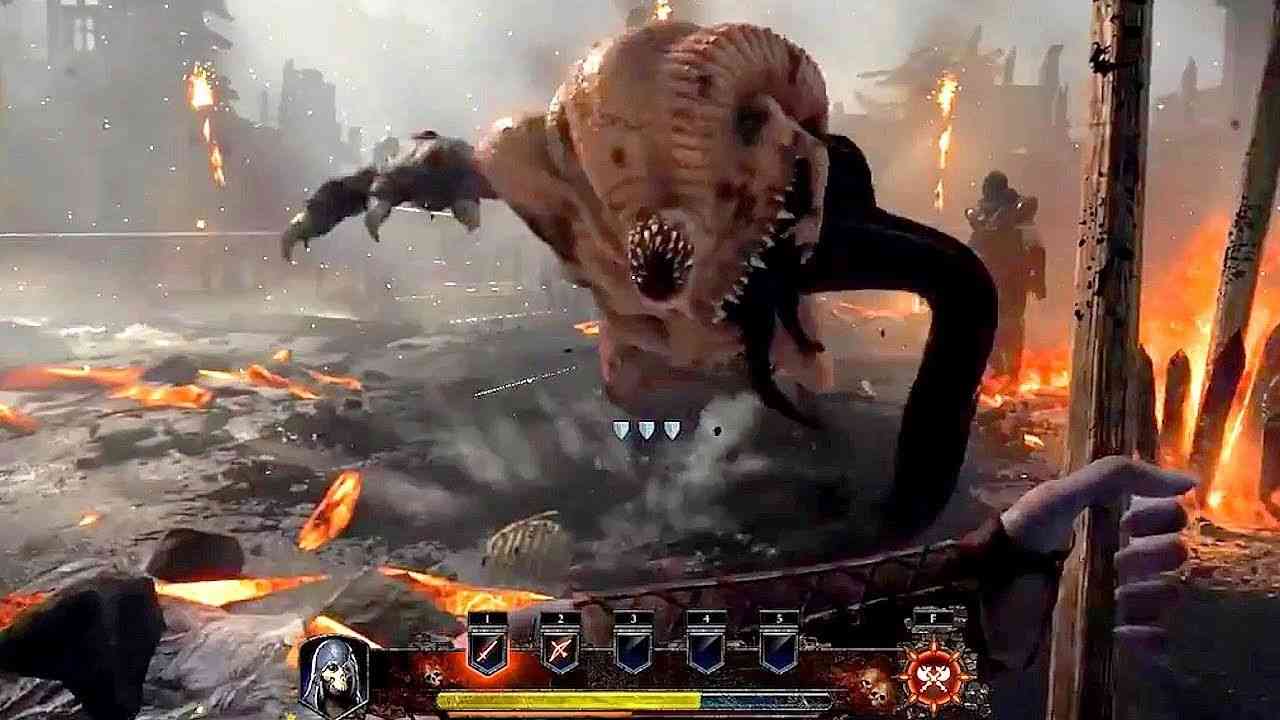

Then go to Material Properties of your fur material (the icon is red checkered sphere, under a green triangel) and scroll down to Settings tab. Just connect Alpha to the Principled BSDF's Alpha. Examples of it are Grail Knight's chainmail/necklace, Kerillian's hair, Skaven fur and whiskers etc. It's black and white, with black translating to fully transparent. Textures with transparencyAlways double check if your diffuse map has a transparency map in its alpha channel. Note that objects like hats, helmets, scrolls, books, accessories overall are spawned in the center of the viewport whereas beards, ears, faces, arms usually are properly located. Experiment with the Transform settings in the sidebar so that the meshes are in the upright position from the get-go. In your project, use the Import Waverfront (.obj). Having prepared the files it's just a matter of porting them over to Blender.


Ignore white textureless models, they generally are lower resolution and have broken UVs. You can recognize them by their size, the body is always around 1 000/4 000 something large, the rest is usually 300KB, 120KB, but in any case make sure to look through everything. weapon parts (the trigger, the arrows, the string etc.).hair extras (flat planes surrounding the hair mesh, adds hair detail).sometimes the arms are separate from the main body mesh.Vermintide characters in particular come in separate parts: Without messing around with the program's filters, the meshes and textures are generally close to one another. They should contain RIP files (meshes) and DDS textures. Inside the chosen Output Directory folder, a _NinjaRipper folder one is created and all rips are stashed inside, sorted by hour and date.


 0 kommentar(er)
0 kommentar(er)
